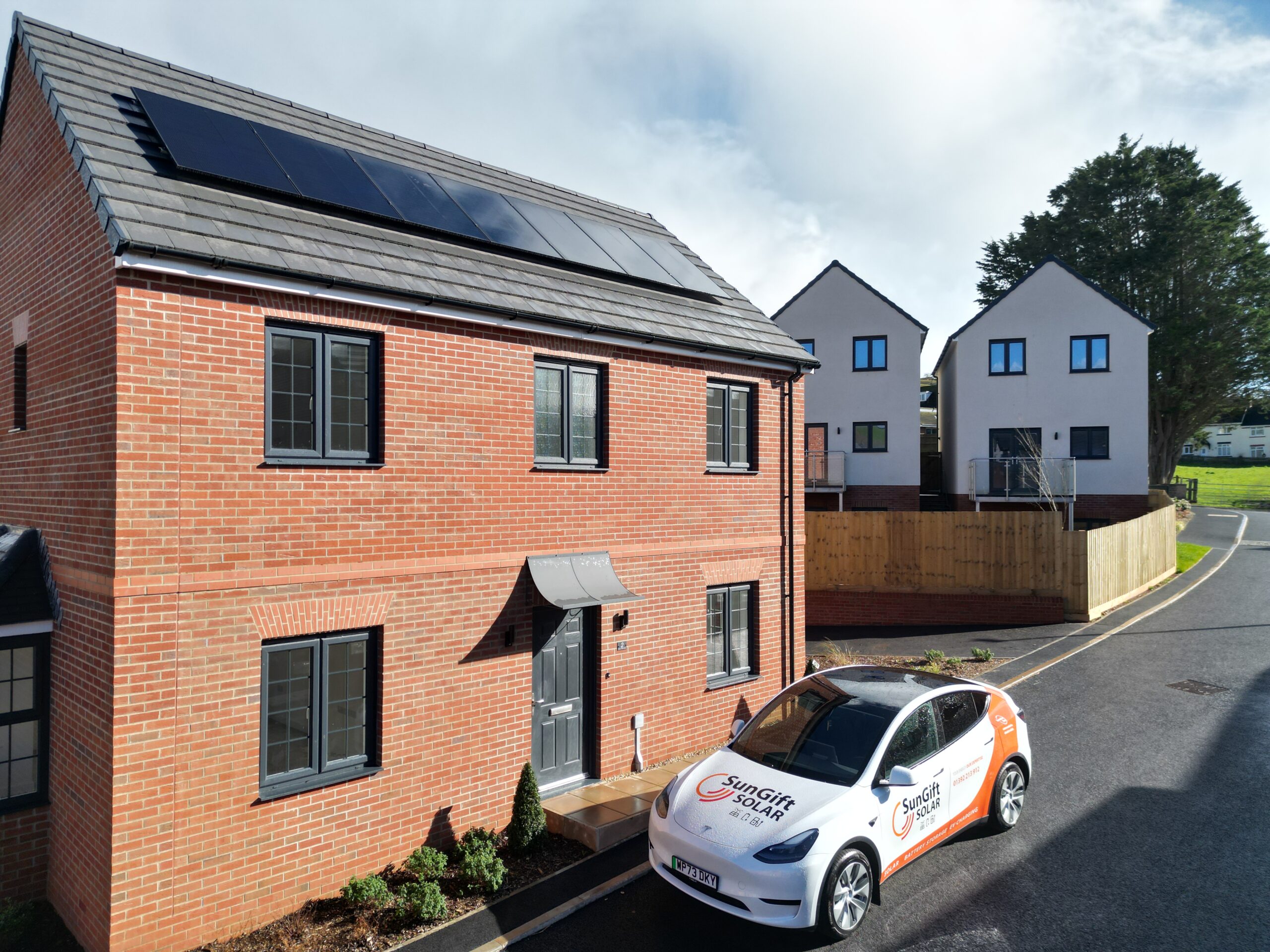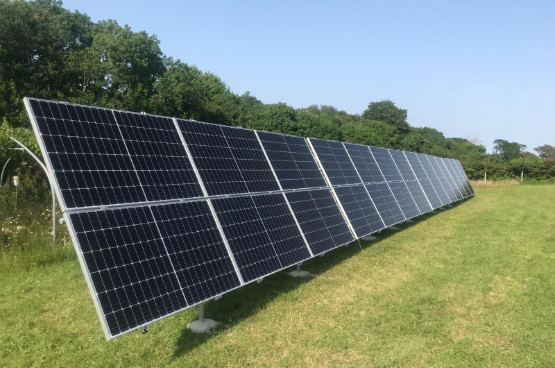In the construction industry, building regulations serve as guidelines that ensure buildings’ safety, efficiency, and sustainability. Adherence to these regulations is compulsory for new builds and any building undergoing significant renovation or a change in purpose.
Among the various regulations, Part L emerges as pivotal, emphasizing energy efficiency and environmental sustainability. The objective of Part L compliance is to reduce carbon emissions, decrease energy expenditures, and enhance indoor air quality, all while championing environmental sustainability and corporate social responsibility.
What is Part L Compliance?
Part L compliance refers to building standards designed to enhance the energy efficiency of both new and existing buildings in the UK. Applicable to residential and commercial properties, Part L outlines specific criteria for elements such as insulation, heating systems, and ventilation.
Essentially, the core principle of Part L is that newly constructed homes must exhibit a 31% reduction in carbon emissions compared to the previous Part L regulations.
The Energy Performance in Buildings Directive (EPBD) of 2019 mandated the establishment of Nearly Zero Energy Buildings (NZEB). Consequently, Part L underwent revisions to align with this directive, marking a significant progression towards the implementation of the Future Homes Standard, stated to take effect next year.
Part L regulations set specific criteria for energy efficiency in both new and pre-existing buildings. Below are the detailed specifications for each of them.
Part L Requirements For A New Build
- Meeting airtightness and thermal performance standards for walls, floors, and roofs to curb energy wastage.
- Providing a minimum level of insulation for each building element to reduce heat loss.
- Installing heating and cooling systems efficiently to reduce energy consumption.
- Installing energy-efficient lighting systems within buildings.
- Incorporating renewable energy sources into new building designs, with a minimum of 10% of the building’s energy consumption to be sourced from renewable sources.
Part L Requirements For Existing Buildings
- Building renovations should prioritise improvements in energy performance, including enhanced insulation, more efficient heating systems, and reduced air leakage.
- Replacement windows must meet minimum energy performance standards.
- Replacement boilers must achieve a minimum efficiency level.
- Installation or replacement of air conditioning systems must meet minimum energy efficiency requirements.
- Upon sale or lease, an Energy Performance Certificate (EPC) must be provided to the owner or tenant, detailing the building’s energy efficiency and suggesting areas for improvement.
Why Solar PV is the Fastest Route to Achieving Compliance with the Latest Part L Regulations
In 2022, the UK government introduced an uplift to Part L regulations, setting higher energy efficiency standards for new buildings. Solar panels can help developers meet these heightened requirements by offsetting energy usage and improving the energy performance of buildings.
Part L of the Building Regulations in the UK primarily focuses on the conservation of fuel and power. Solar PV panels contribute to the overall energy efficiency of a building by generating clean electricity on-site and therefore playing a significant role in meeting the requirements outlined in Part L, especially concerning the utilisation of renewable energy sources and enhancing energy efficiency in buildings.
Although solar panels aren’t the sole choice for developers, they are widely recognised as the most effective means of meeting Part L compliance. Solar PV panels offer numerous advantages, making them an optimal selection for individuals seeking to enhance their energy efficiency.
The anticipated Future Homes Standard, expected in 2025, is likely to impose even stricter energy efficiency standards. Solar panels are expected to continue playing a crucial role in achieving compliance with these forthcoming regulations, given their proven track record in reducing carbon emissions and enhancing energy sustainability.
Solar technology is well-established and thoroughly tested, offering readily available solutions.
How Can SunGift Solar Help You With Part L Regulations
Since 2005, we have specialised in designing and implementing state-of-the-art energy systems. Our expertise has led us to become the preferred contractor for numerous prestigious projects, spanning from Cornwall to Scotland.
What truly distinguishes us is our approach. We prioritise understanding your specific requirements and project goals, ensuring that we can deliver added value. Our philosophy is straightforward: to guarantee you receive the utmost satisfaction and benefits from installing a solar PV system. Want to find out how SunGift Solar can help you today? Speak to our team today:

 Solar PV Contractor of the Year 2024
Solar PV Contractor of the Year 2024


